In light of the latest health scare plaguing the world today, it’s commonplace to find surgical mask clad faces all around in our daily commute. But this isn’t exactly a foreign scene to most of us here in Asia. The lingering presence of mask clad faces has always sorta been around with or without uninvited deadly viruses tainting the air. Which begs the question — why is a health tool such a popular go-to everyday aesthetic or fashion statement?

For us millennials who lived through the SARS and MERS crisis, the sight of the masks may conjure up surreal memories of regimented movement as us school kids moved from one place to another accordingly to directed order from speakers. And who can forget being locked up in classrooms anyway? Lest you forget, SARS impacted 37 countries and caused worldwide panic with 774 recorded deaths during its reign of terror.
With the exemption of the coronavirus, other recent significant events in Asia averse to health that inspire relevance for the masks include the first-ever smog ‘red alert’ in China that effectively shut down Beijing, the illegal burning of forests in Indonesia resulting in the annual haze fest in Southeast Asia, and the Fukushima power plant nuclear meltdown.
Though there turns out to be no conclusive scientific evidence that donning the mask can actually eliminate the threat of catching airborne diseases (or the effects of nuclear fallout, duh), it functions as our last line of precaution at best, and security blanket if anything else.
Especially in Asia, where social etiquette is built around the foundations of community and social awareness, wearing a mask means preventing yourself from infecting someone else if you’re sick, and protects those who aren’t. The seemingly constant threats aforementioned we face due to circumstance also adds to the mainstream consciousness of viewing the masks as a household necessity.
Shop here: BAPE, EVISU, Off-White, STÜSSY, Supreme
But increasingly, more people don the mask for cosmetic purposes — they’re not wearing any makeup or simply trying to hide their face. In the same way where we sometimes wear hats when we are too lazy to style our hair. For reference, a survey conducted in Shibuya, Tokyo by a Japanese news site found that 30 per cent of 100 people wore the masks for reasons unrelated to sickness. Of which, a number mentioned that the masks made them appear more mysterious, while others are convinced that they make their faces appear desirably smaller.
But undeniably, the more tangible evidence that the purpose of the surgical mask has deviated from its utilitarian function is when outrageously designed ones first appeared on equally outrageously dressed people. These days if seeing someone wearing a specially printed novelty surgical mask doesn’t stir any reaction from you, it’s probably because you have already seen it one too many times. The health tool is also a mainstay in streetwear culture, with the biggest streetwear brands having their own variations of the surgical face mask. They probably won’t promise to protect you from the coronavirus, but they will give you immediate street cred if you need it.
At the end of the day, whatever your reason is for wearing them, be it health or fashion, the surgical face mask is now ingrained in Asian culture, and it shows no sign of going anywhere soon. Also, word has it from the World Health Organisation that its demand is now up 100 times higher than normal, and prices are up to 20 times higher. Perhaps it’s high time we get ourselves some.

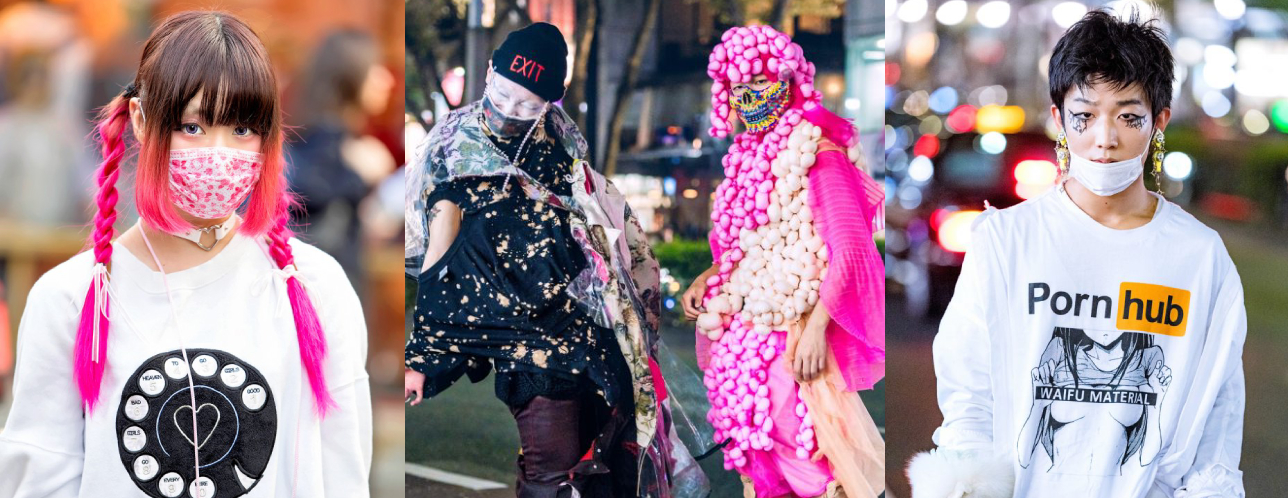
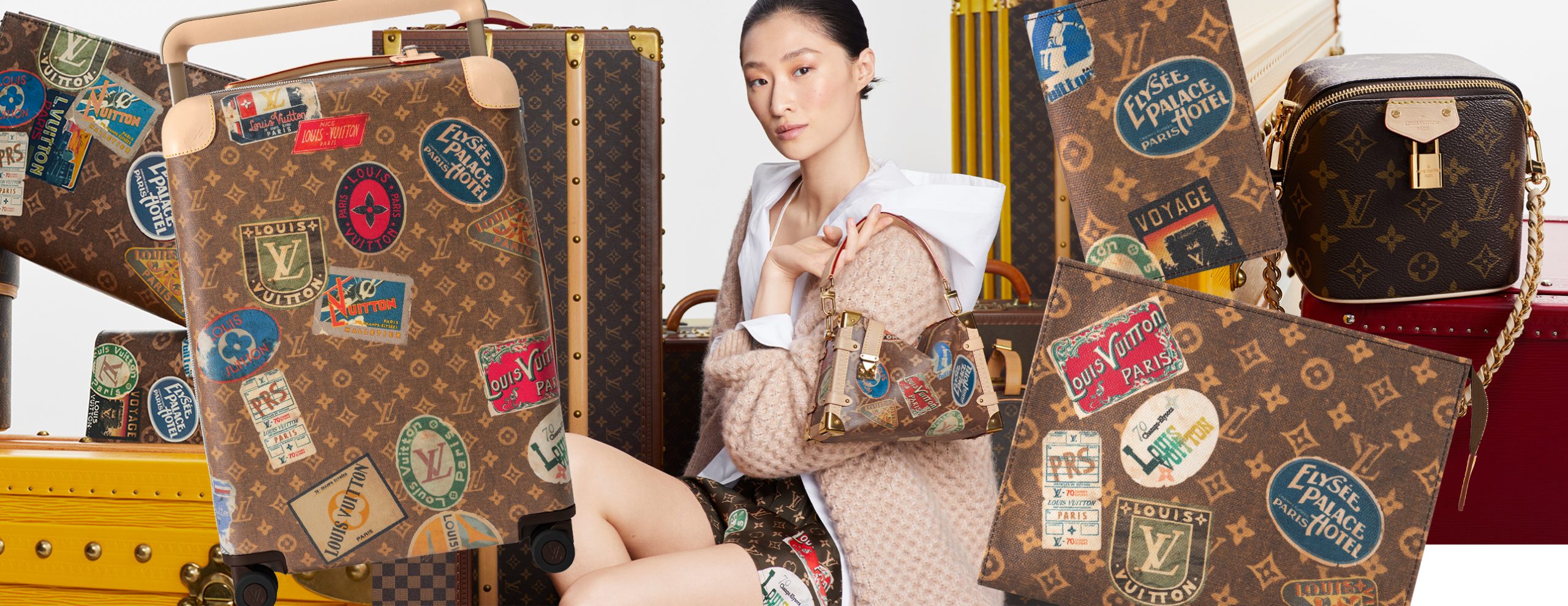
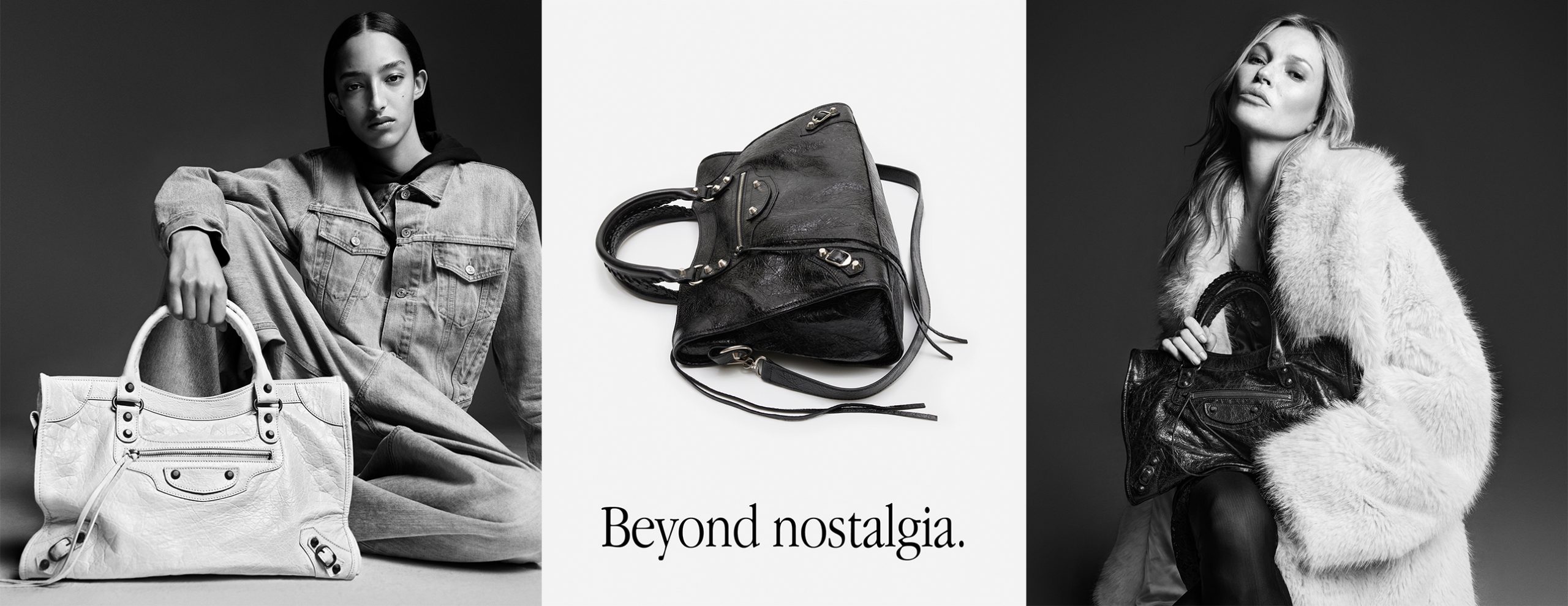
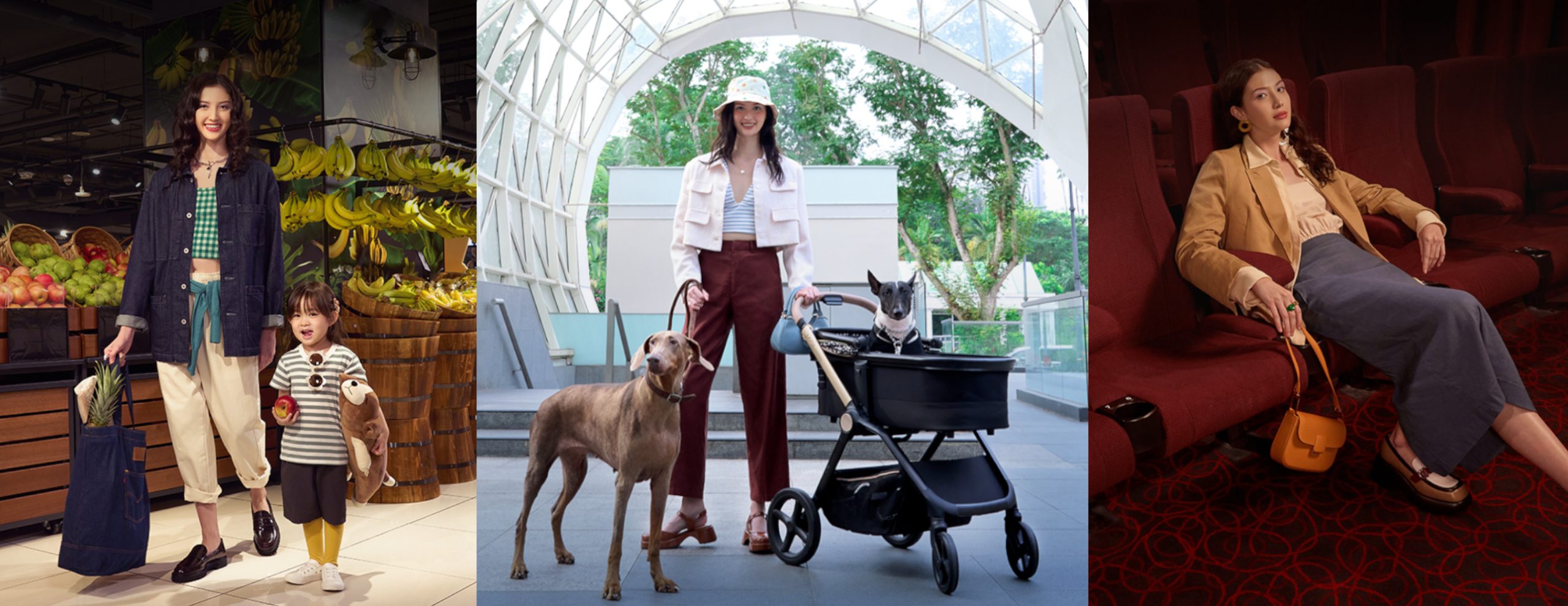
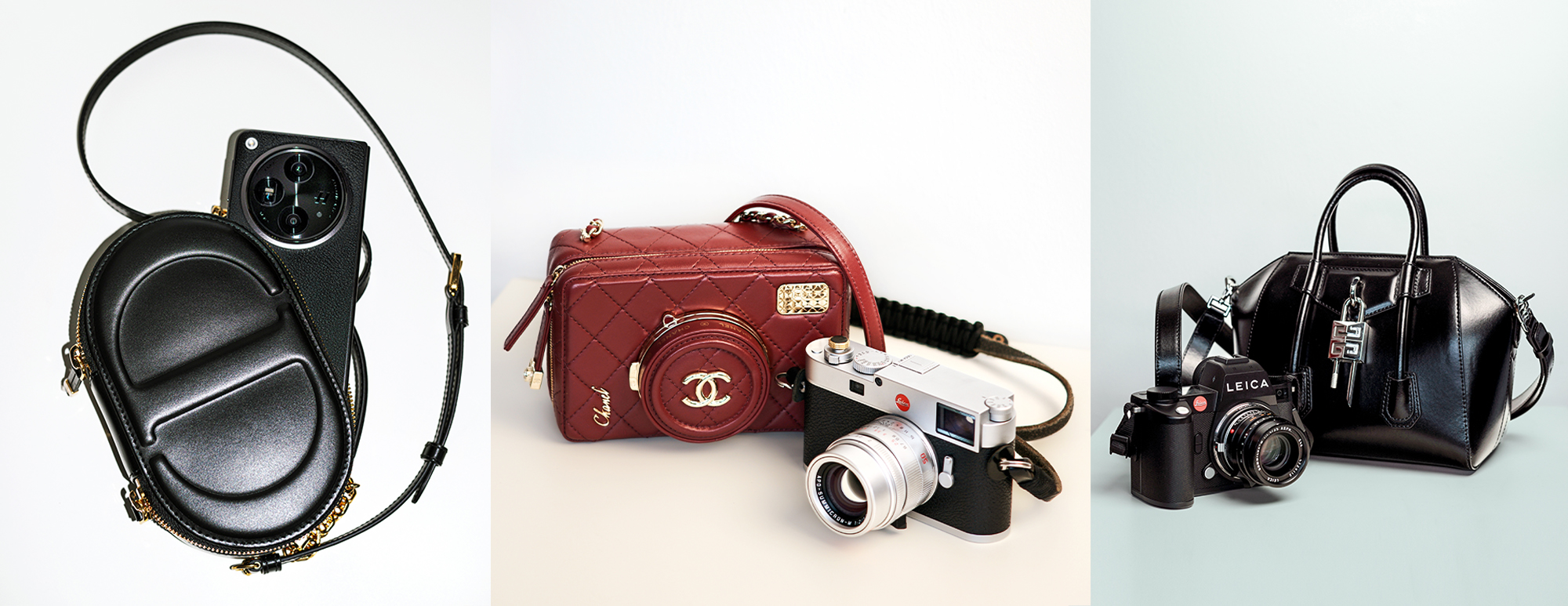

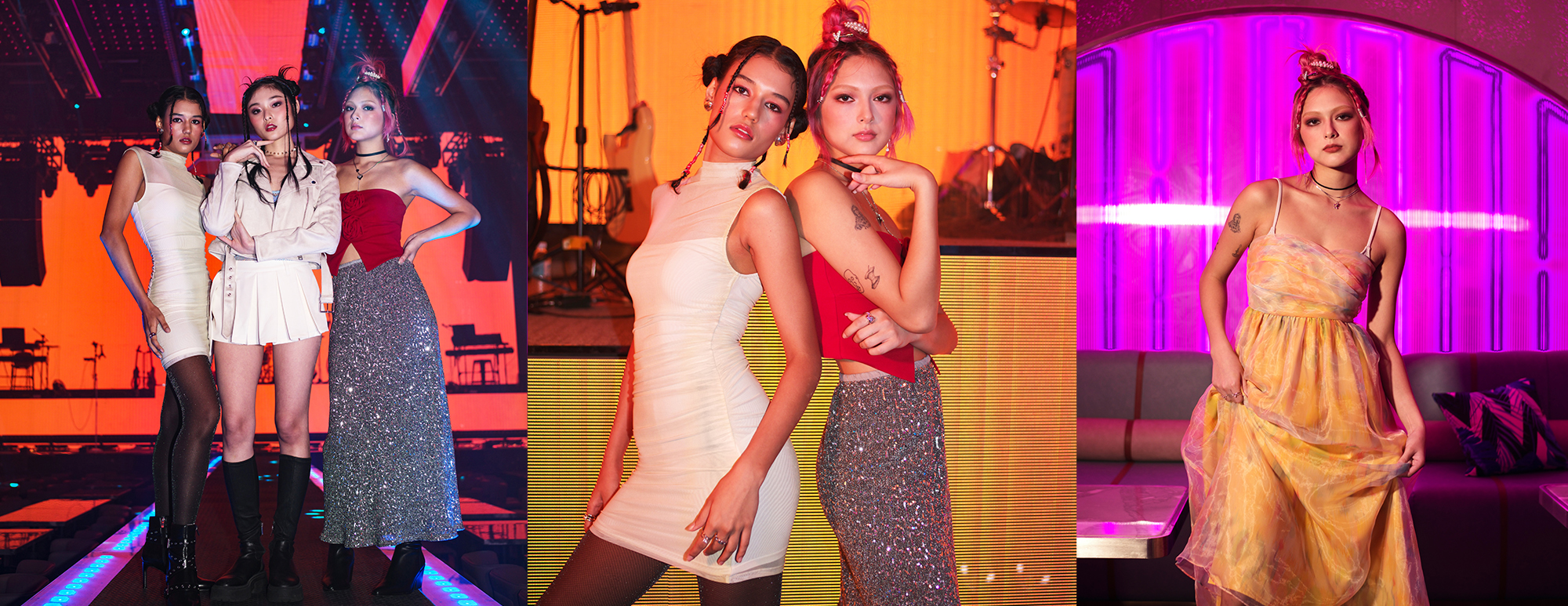
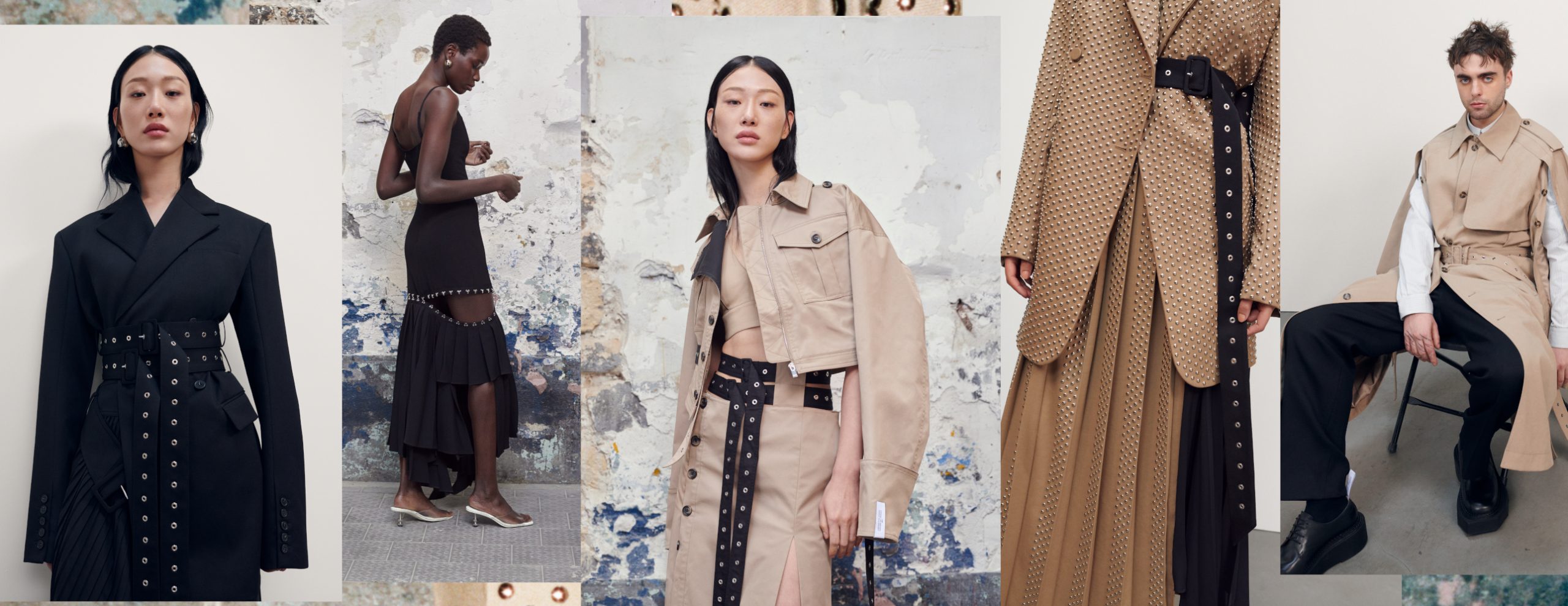
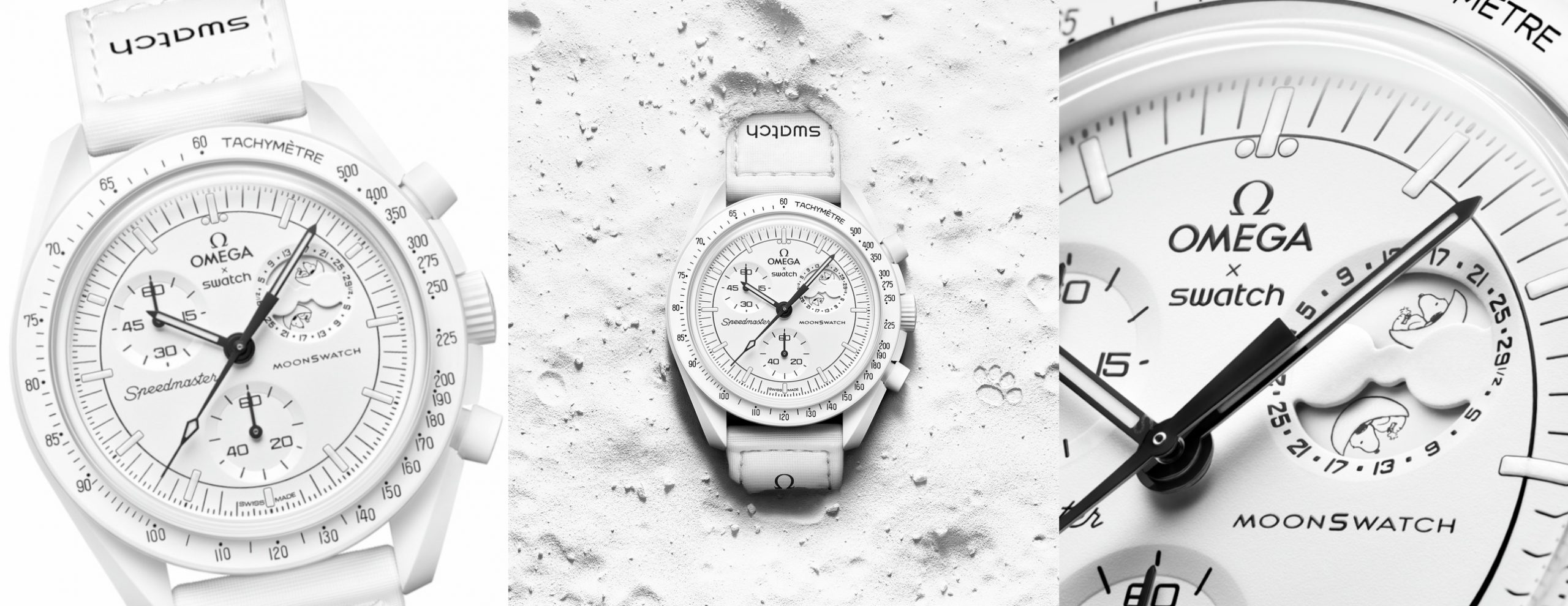

You must be logged in to post a comment.